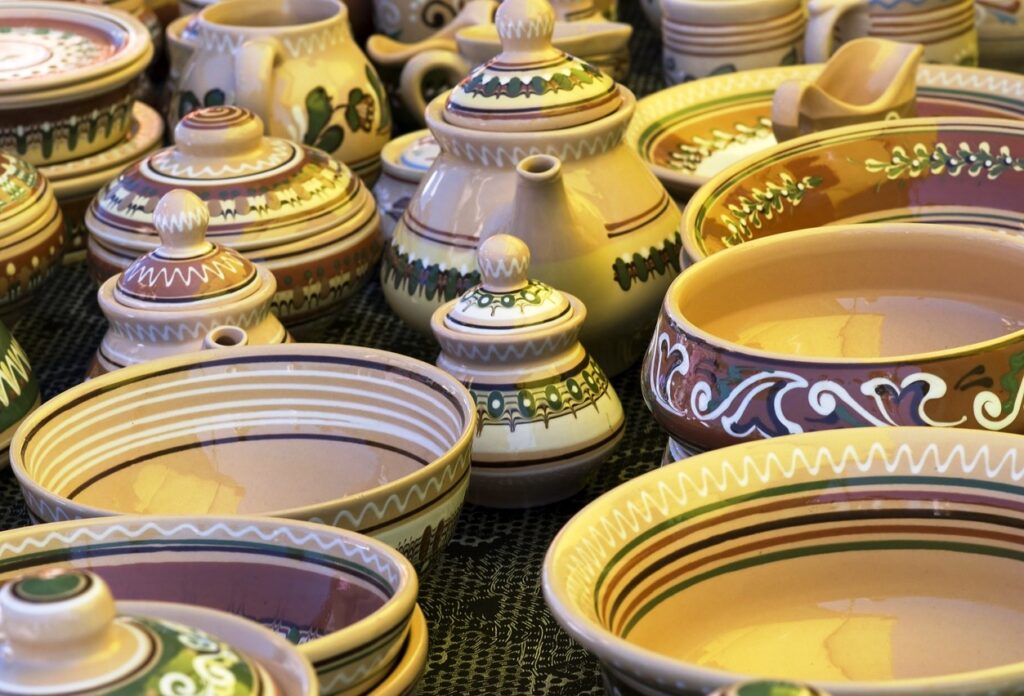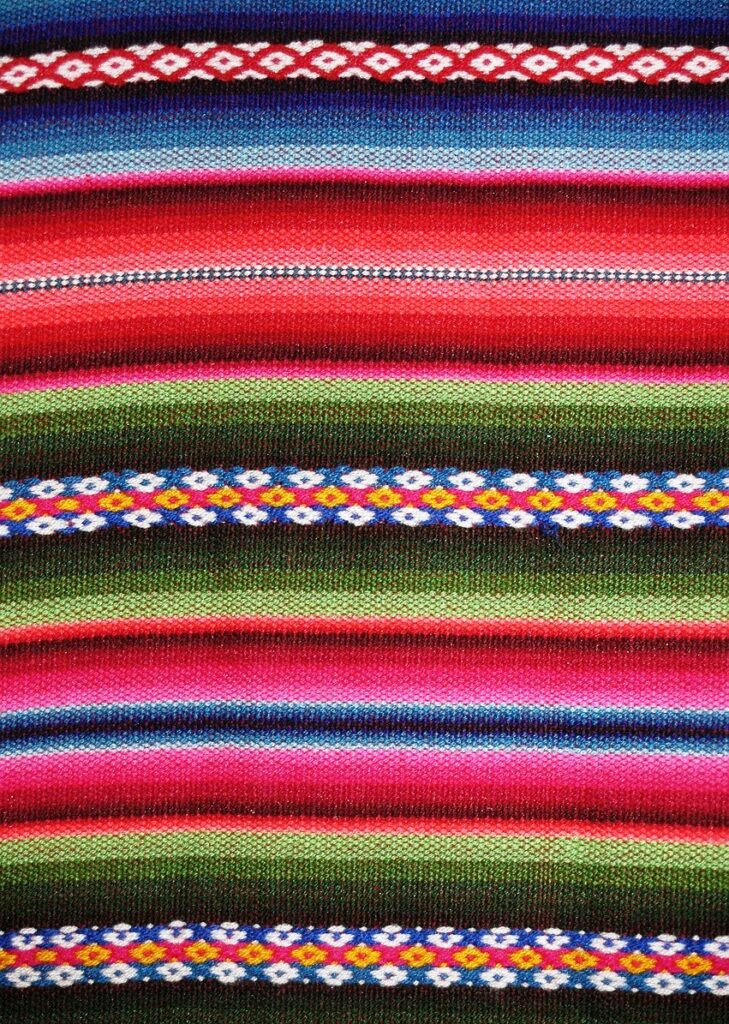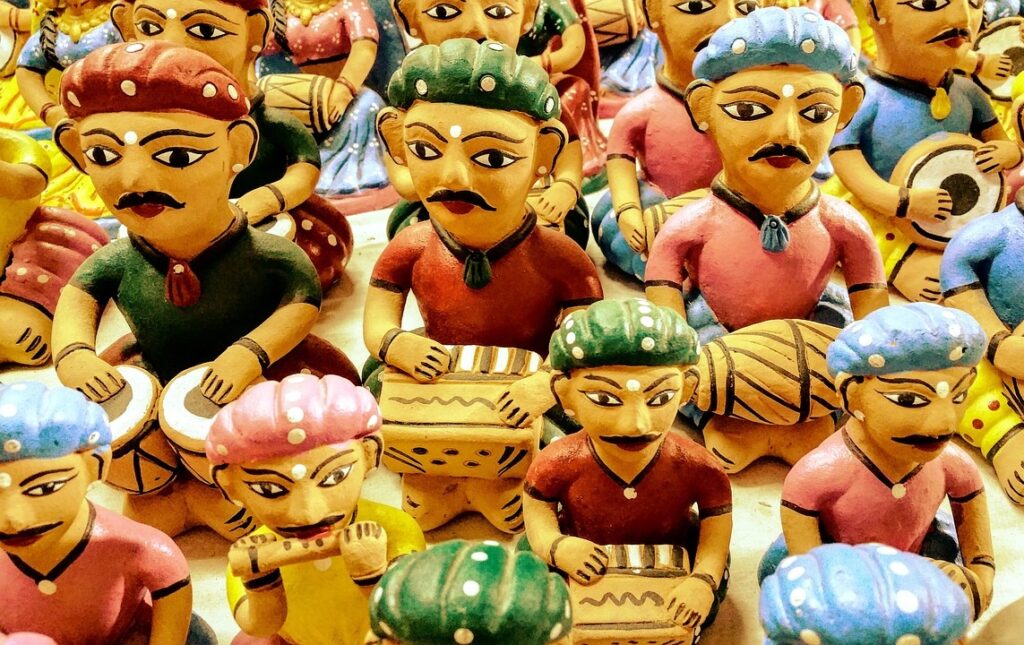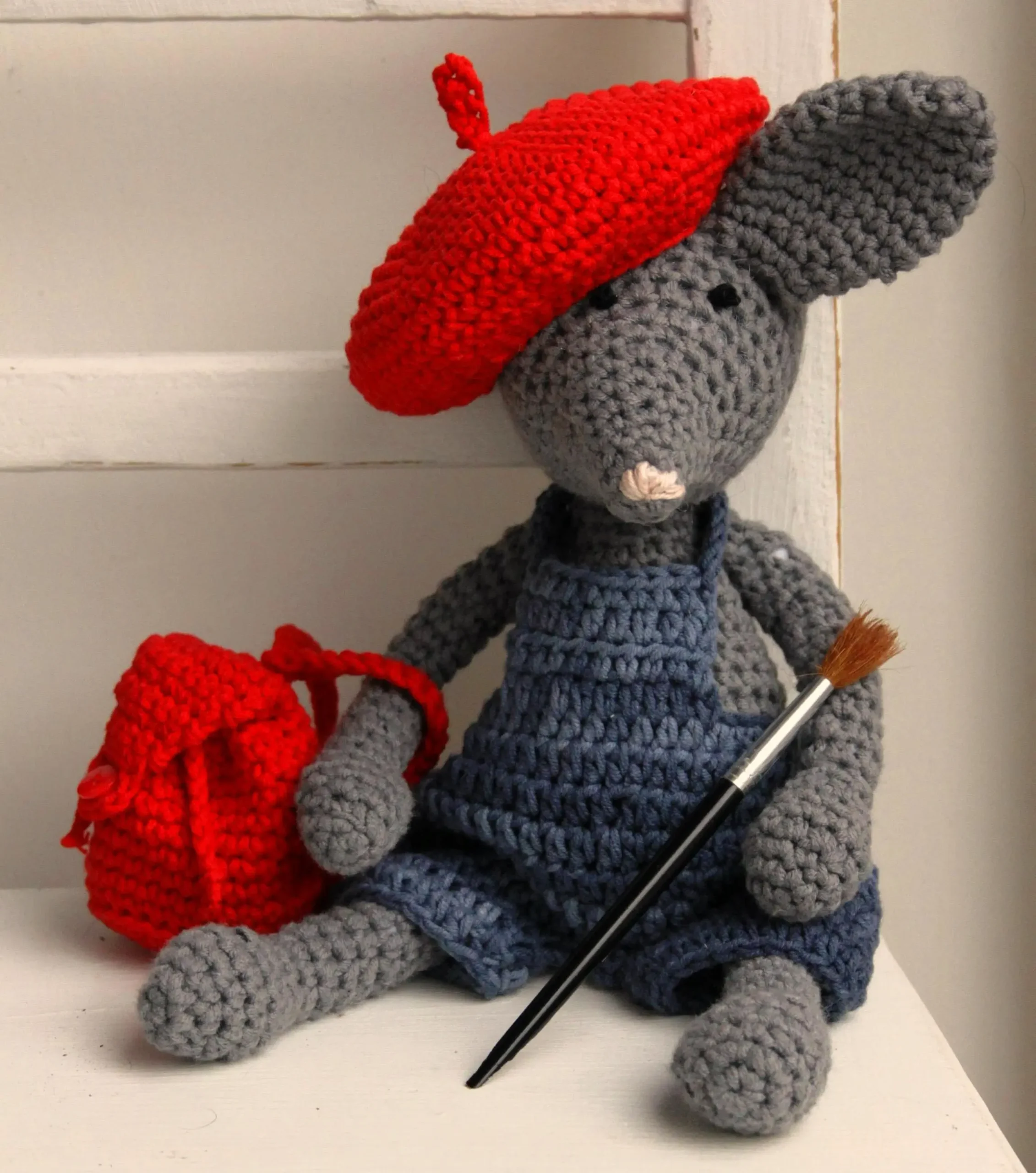
Mexican handicrafts, ranging from complex fabrics to magnificent pottery, are more than just things; they tell stories that are woven into the fabric of daily life.
Mexico is known for its colorful culture, long history, and numerous artistic expressions.
One of the most important components of this cultural heritage is its handicrafts, which represent the traditions, values, and inventiveness of its people.
This article delves into the complex tapestry of Mexican handicrafts, highlighting its craftsmanship, cultural value, and the artists who keep these traditions alive.
Mexican handicrafts:A Historical Overview
Mexican handicrafts have ancient origins, dating back to the Olmecs, Mayans, and Aztecs.
These cultures created a wide range of artistic creations, such as ceramics, textiles, and metalwork, which were frequently imbued with spiritual and symbolic significance.
The introduction of Spanish conquerors in the sixteenth century brought new materials and techniques, resulting in a combination of indigenous and European forms.
This cultural fusion produced one-of-a-kind handicrafts that are still evolving today.
Geography, climate, and resource availability have all had an impact on Mexican handicrafts over the years.
Each region of Mexico has its own particular styles and techniques, influenced by local traditions and the ingenuity of its artisans.
Today, these handicrafts are not only a form of cultural expression, but also an important source of income for many communities.

Diversity of Mexican Handicrafts
Mexican handicrafts include a variety of artistic expressions, each with its own distinct qualities. Here are some of the most important categories:
Mexican handicrafts: Fabrics
The rich colors and elaborate designs of Mexican textiles are well known. They are frequently created with age-old methods that have been handed down through the centuries.
The fabrics are made richer by the use of natural dyes made from minerals, plants, and insects.
The state of Oaxaca is well-known for its handwoven fabrics, especially those produced by the Mixtec and Zapotec peoples.
These fabrics frequently have geometric designs and motifs that draw inspiration from mythology and the natural world.
Backstrap looms enable craftspeople to produce elaborate patterns that narrate tales of their ancestry.
Huichol Beadwork: The Huichol people are known for their colorful beadwork, which is used to create intricate jewelry, masks, and decorative items.
Each piece is a reflection of their spiritual beliefs and connection to nature, often depicting symbols such as the sun, deer, and peyote.
Mexican handicrafts: Pottery
Mexican pottery is an important component of the country’s handicrafts. Pottery expresses regional creative traditions, ranging from useful cookware to ornamental items.
Talavera pottery, originating in the city of Puebla, is distinguished by its brilliant colors and elaborate patterns.
Each item is hand-painted with traditional designs, frequently influenced by colonial and indigenous themes.
Talavera is not only beautiful but also utilitarian, since it can be used for both ornamental and everyday purposes.
Black Clay Pottery: In Oaxaca, craftsmen produce unusual black clay pottery known as “barro negro.”
This pottery is manufactured utilizing a special firing procedure that results in a lustrous, black surface.
The artists frequently use traditional patterns, transforming each item into a work of art.
Mexican handicrafts: Woodwork
Woodworking is a traditional craft in many Mexican villages, and artists make everything from furniture to ornamental things.
Michoacán Wood Carving: The state of Michoacán is known for its vibrant wood carvings, notably those created by the Purepecha people.
These carvings frequently feature animals, humans, and scenes from everyday life, demonstrating the artists’ ability and imagination.
Alebrijes: These fascinating animals, which originate in Oaxaca, are crafted of wood and painted brightly.
These humorous sculptures have become a icon of Mexican folk art and are frequently connected with the Day of the Dead festival.
Silverwork
Mexico is one of the world’s largest producers of silver, and its silverwork is renowned for its quality and artistry.
Taxco Silver: The town is well-known for its silver jewelry and crafts. Artisans in this region make elaborate creations that frequently include ancient themes and techniques.
Taxco silver is noted for its exceptional purity and is sought after by collectors all over the world.
Filigree Work: In this delicate style of silverwork, thin silver wires are twisted and shaped into beautiful motifs.
Filigree jewelry is typically embellished with jewels, demonstrating the talent of the craftspeople who make it.

Cultural Importance of Mexican handicrafts
Mexican handicrafts are more than just exquisite items; they are intricately linked to the nation’s culture.
The history, customs, and values of the communities that create them are embodied in each piece. As a form of cultural expression and continuity, handicrafts frequently feature in daily life, rituals, and festivities.
Traditions Are Maintained
Many craftspeople are committed to maintaining age-old methods and customs that have been handed down through the centuries.
This dedication to cultural heritage guarantees the preservation of their predecessors’ knowledge and abilities.
Younger generations are frequently trained through workshops and community initiatives, which promote pride in their cultural identity.
Empowerment of the Economy
For many artists and their families, handicrafts are an essential source of income. Artists may help their communities and boost the local economy by selling their goods at local marketplaces and online.
In order to give craftsmen access to larger markets and guarantee that they are fairly compensated for their labor, fair trade programs and cooperatives have grown in popularity.
Intercultural Communication
Mexican handicrafts promote cross-cultural interaction as they become more well-known worldwide.
In order to display their work and tell their tales, artisans frequently take part in fairs and exhibitions all over the world.
In addition to encouraging a respect for Mexican culture, this exposure strengthens links across various cultures.
Difficulties Artists Face
Mexican handicrafts are significant and beautiful, but in today’s globalized world, craftsmen face a number of obstacles.
Mass Production Competition
Traditional handicrafts face a serious danger from the growth of mass-produced commodities. The market is overrun with lower-priced, manufactured goods, making it challenging for craftspeople to compete.
The demand for traditional crafts may fall as a result of many buyers failing to appreciate the value of handmade goods.
Traditional Skills Are Being Lost
Traditional knowledge and abilities may be lost as younger generations move to cities in pursuit of greater possibilities.
The complex methods that characterize Mexican handicrafts may disappear in the absence of adequate instruction and guidance.
Financial Risk
Because they frequently operate in unofficial economies, artisans are susceptible to changes in the economy and financial crises.
Their capacity to maintain their skill and means of subsistence may be hampered by limited access to materials, markets, and funding.
More about handicrafts https://handes.net/category/handicrafts/

Encouragement of Mexican Handicrafts
Mexican handicrafts and the craftspeople who make them can be supported in a number of ways by people and organizations:
Invest in Handcrafted Items
Purchasing handcrafted goods directly from makers or fair trade associations contributes to ensuring that makers are fairly compensated for their labor.
Raise Awareness
Increasing knowledge of the value of Mexican handicrafts and the difficulties faced by craftspeople can support
Finally, the rich tapestry of Mexican handicrafts is a dynamic expression of the country’s distinct culture and artistry.
Each piece, whether delicately woven fabrics, wonderfully carved pottery, or magnificent silver jewelry, offers a tale about the traditions, history, and ingenuity of its creators.
These handicrafts not only provide a source of income for many artists, but they also help to conserve traditional techniques and cultural legacy.
By recognizing and supporting these one-of-a-kind creations, we acknowledge the expertise and love that go into each one.
As we explore the vibrant world of Mexican handicrafts, we are reminded of the value of cultural expression and the beauty that results from the blending of art and tradition.


